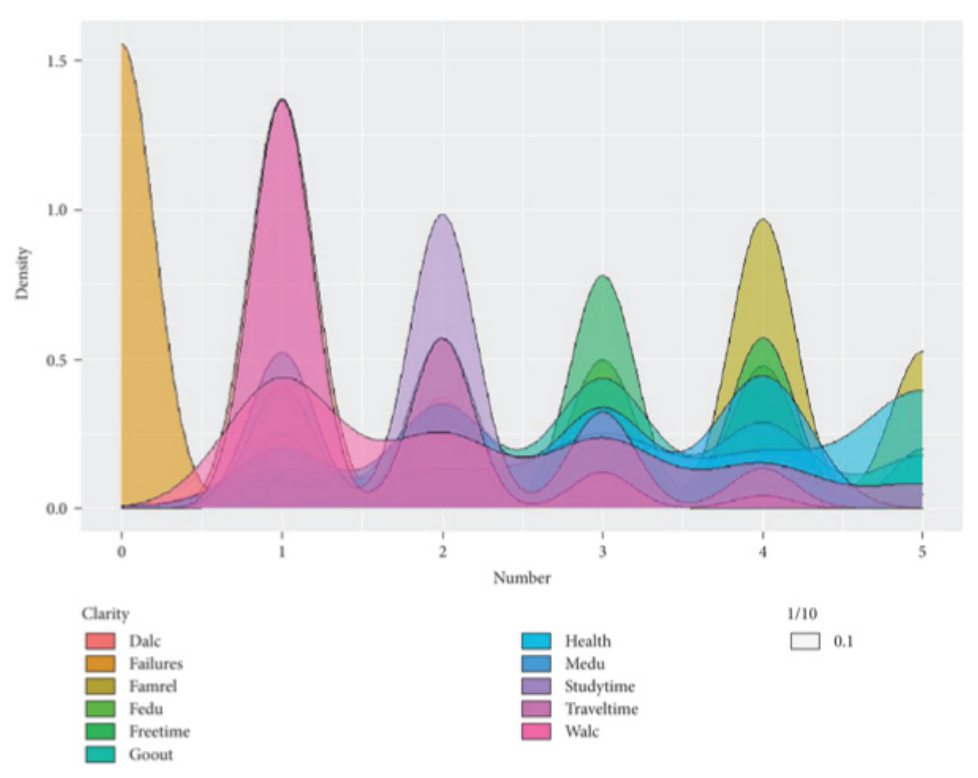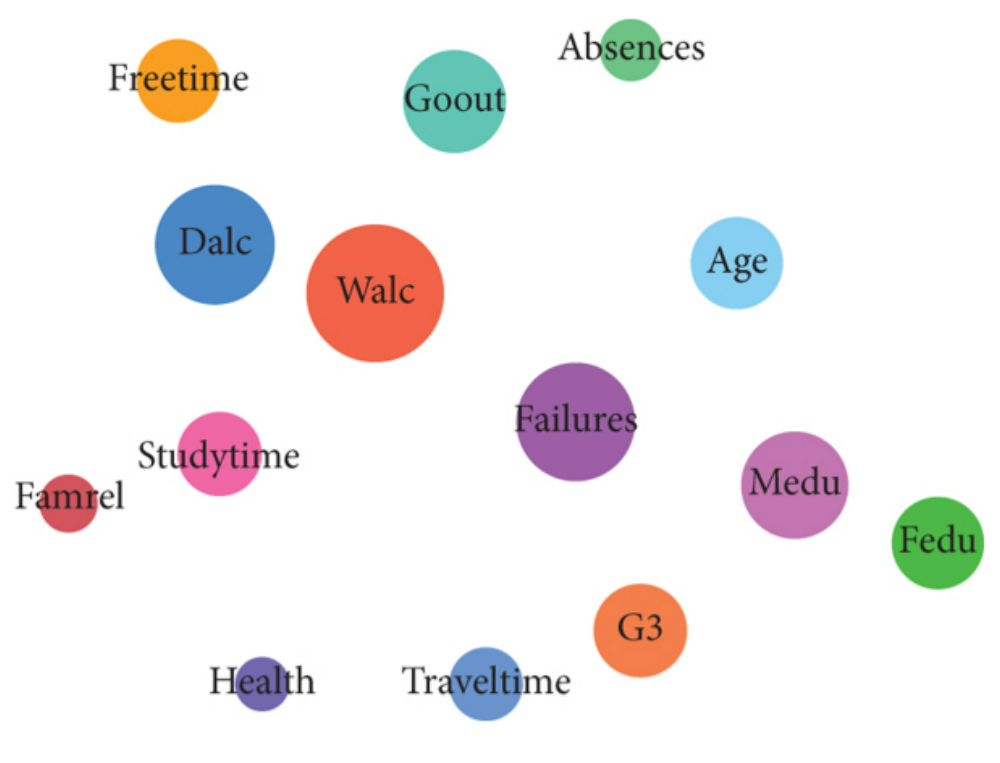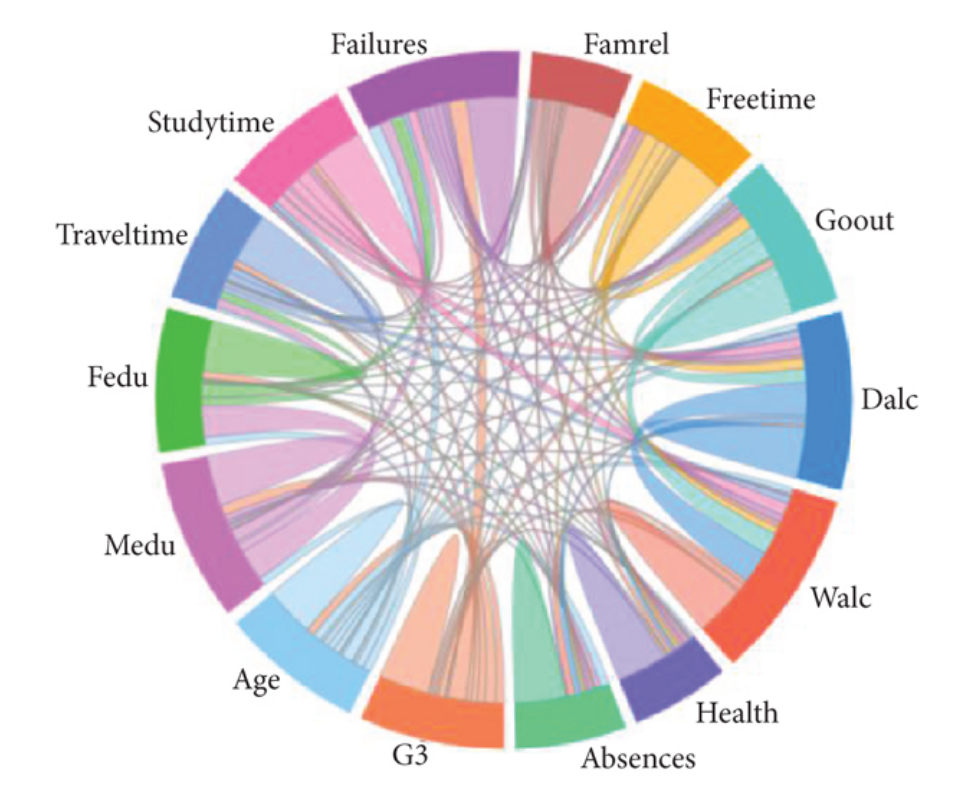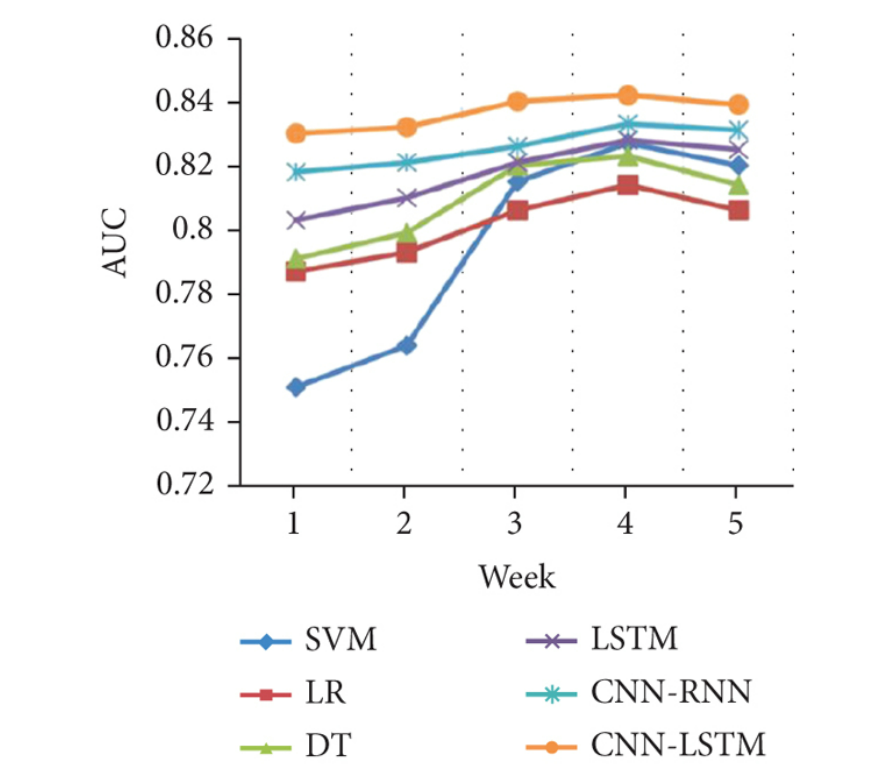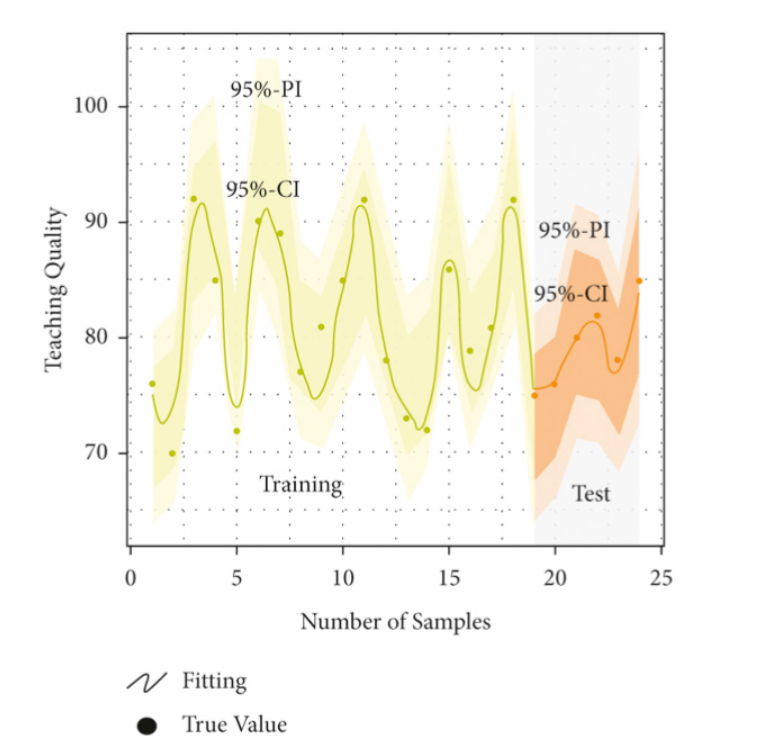 An open access journal
An open access journal
Evolving Dynamics of Chinese Parenting: Influences, Trends, and the Quest for Children’s Rights
Abstract
This essay critically examines the Chinese parenting style which incited widespread debate. The discussion highlights the cultural roots of Chinese parenting, and analysis based on children's rights perspectives outlined in the United Nations Convention on the Rights of the Child (UNCRC). Through a comprehensive review of parenting styles, including Baumrind's typology, the essay argues that while the Chinese parenting style yield academic success, it may disregard children's autonomy and rights. The paper advocates for a balanced approach that respects children's voices and promotes their holistic development, emphasizing the need for contemporary parenting practices to evolve in alignment with children's rights and modern educational philosophy. Ultimately, it calls for increased awareness and education regarding children's rights within Chinese society to foster healthier family dynamics and educational outcomes.
Share and Cite
Article Metrics
References
- Archard, D. (2014). Children: Rights and childhood.
- Amy Chua. (2011). Battle hymn of the tiger mother.
- Baumrind, D. (1971). Current patterns of parental authority. Developmental Psychology, 1-103.
- Chao, R. K. (2001). Extending research on the consequences of parenting style for Chinese Americans and European Americans. Child Development.
- Davis-Kean, P. E., Sexton, H. R., & Magnuson, K. A. (2005). How does parents' education level influence parenting and children's achievement? Institute for Social Research, Ann Arbor, MI, 48106-1248.
- Duan Lizhang. (2014). Children's rights concept: evolution, obstacles and cultivation. Gansu Social Sciences, (6), 124-127.
- Fox, R. A., Platz, D. L., & Bentley, K. S. (1995). Maternal factors related to parenting practices, developmental expectations, and perceptions of child behavior problems. The Journal of Genetic Psychology, 156(4), 431-441.
- John, E. (1994). The interests of the child and the child's wishes: the role of dynamic self-determinism. International Journal of Law Policy & the Family (1), 42-61.
- Kohler, Maxie, Kilgo, Jennifer, & Christensen, Lois M. (2012). The tiger mom phenomenon. Childhood Education, 88(:1).
- Lester, S., & Russell, W. (2010). Children's Right to Play: An Examination of the Importance of Play in the Lives of Children Worldwide. Working Papers in Early Childhood Development, No. 57. Bernard van Leer Foundation. PO Box 82334, 2508 EH, The Hague, The Netherlands.
- Li, Y., Costanzo, P. R., & Putallaz, M. (2010). Maternal socialization goals, parenting styles, and social-emotional adjustment among Chinese and European American young adults: Testing a mediation model. The Journal of genetic psychology, 171(4), 330-362.
- Lin, C. Y. C. , & Fu, V. R. . (1990). A comparison of child‐rearing practices among Chinese, immigrant Chinese, and Caucasian American parents. Child Development, 61(2), 429-433.
- Liu Zhicheng. (2014). Research on children's play rights. (Doctoral dissertation, Nanjing Normal University).
- McGillivray, A. (2011). Children's Rights, Paternal Power and Fiduciary Duty: From Roman law to the Supreme Court of Canada. The International Journal of Children's Rights, 19(1), 21-54.
- NetEase parent-child. Research Report on China Children's Rights Protection Awareness [EB /OL]. http: / / baby. 163. com /12 /1211 /16 /8IF4VKEB00264MNK. html, 2012-12-11.
- Scarlett, W. G., Naudeau, S., Salonius-Pasternak, D., & Ponte, I. (2004). Children's play. Sage Publications.
- Sue, Stanley, & Abe, Jennifer. (1995). Predictors of academic achievement among Asian American and white students. Historical Journal, 14(5), 670-671.
- Sun Yanyan. (2014). Children and rights: theory construction and reflection. (Doctoral dissertation, Shandong University).
- The Ministry of Education Cares for the Next Generation Working Committee: “The Characteristics, Ideas, and Methods of Family Education in the New Era" Research Group. (2012). The current situation, problems and policy recommendations of family education in China. People's Education, 000(001), 6-11.
- Outline of Chinese Children's Development (2011-2020), People's Publishing House 2011 Edition, Page 3
- Wang Limin, Na Chuanren, Li Shiji, Feng Yongqing, Zhang Yafeng, & Liu Yixin et al. (2019). Research on the changing trend of parental rearing styles of middle school students at different time points. Journal of Harbin Medical University (3).
- Wang Xuemei. (2002). Research on the "Best Interest Principle" for the Protection of Children's Rights (Part 1). Global Legal Review.
- Wang Benyu. (2013). "For the good of children" may violate children's rights. Education Observation Journal, 002(027), 89-89.
- Wu Li. (2005). The impact of the imperial examination system on ancient Chinese education. Journal of Southwest University for Nationalities (Humanities and Social Sciences Edition) (05), 350-356.
- Zhang, W., Wei, X., Ji, L., Chen, L., & Deater-Deckard, K. (2017). Reconsidering parenting in Chinese culture: Subtypes, stability, and change of maternal parenting style during early adolescence. Journal of youth and adolescence, 46(5), 1117-1136.
- Zhang Chao. (2019). Research on the Coordination Mechanism of Parent and Child Rights Conflict in Family Education. Legal System and Society, (8), 100.

